 The Man Who Died (1929), DH Lawrence
The Man Who Died (1929), DH LawrenceInfamous in his day for the explicit content of his novels Women in Love and The Rainbow, it's no wonder that DH Lawrence's later work about the resurrection of Jesus Christ was rebranded after the author's death. The Escaped Cock was Lawrence's preferred title for his short novel exploring the myths of death and resurrection.
Inspired by a visit to Etruscan tombs, Lawrence reimagines the resurrection of Christ as a man who comes to appreciate his physicality. Or as the author summed it up to his friend Earl Brewster: “I wrote a story of the Resurrection, where Jesus gets up and feels very sick about everything, and can't stand the old crowd any more - so cuts out - and as he heals up, he begins to find what an astonishing place the phenomenal world is, far more marvellous than any salvation or heaven - and thanks his stars he needn't have a mission anymore.”
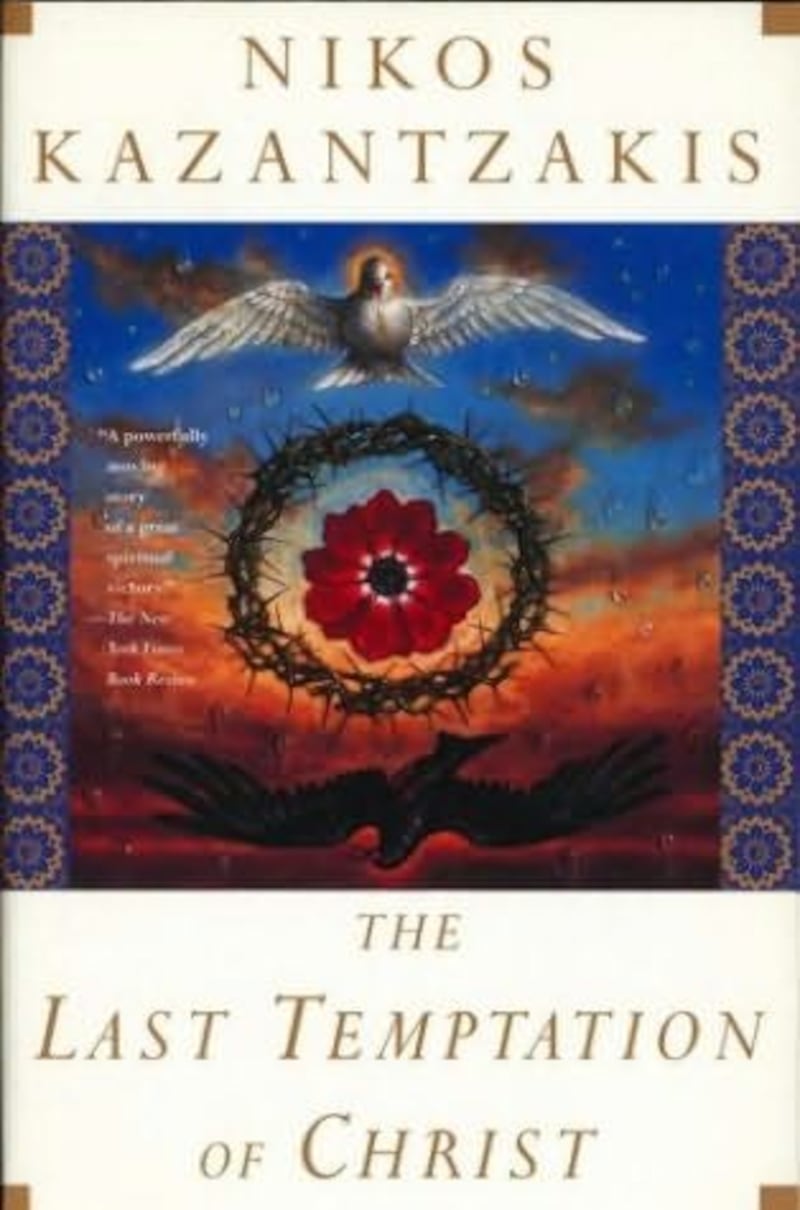
The Last Temptation of Christ (1960), Nikos Kazantzakis
A regular on lists of banned books, Kazantzakis’s novel does exactly what it says on the tin and offers a narrative full of temptations that its central character must resist. The premise of the book – that Jesus was a human being prone to human temptations – caused an outcry in some Christian circles. Scorsese’s lauded film adaptation was greeted with similar hysteria for its portrayal of Jesus as a person subject to fear, doubts, depression, reluctance and lust.
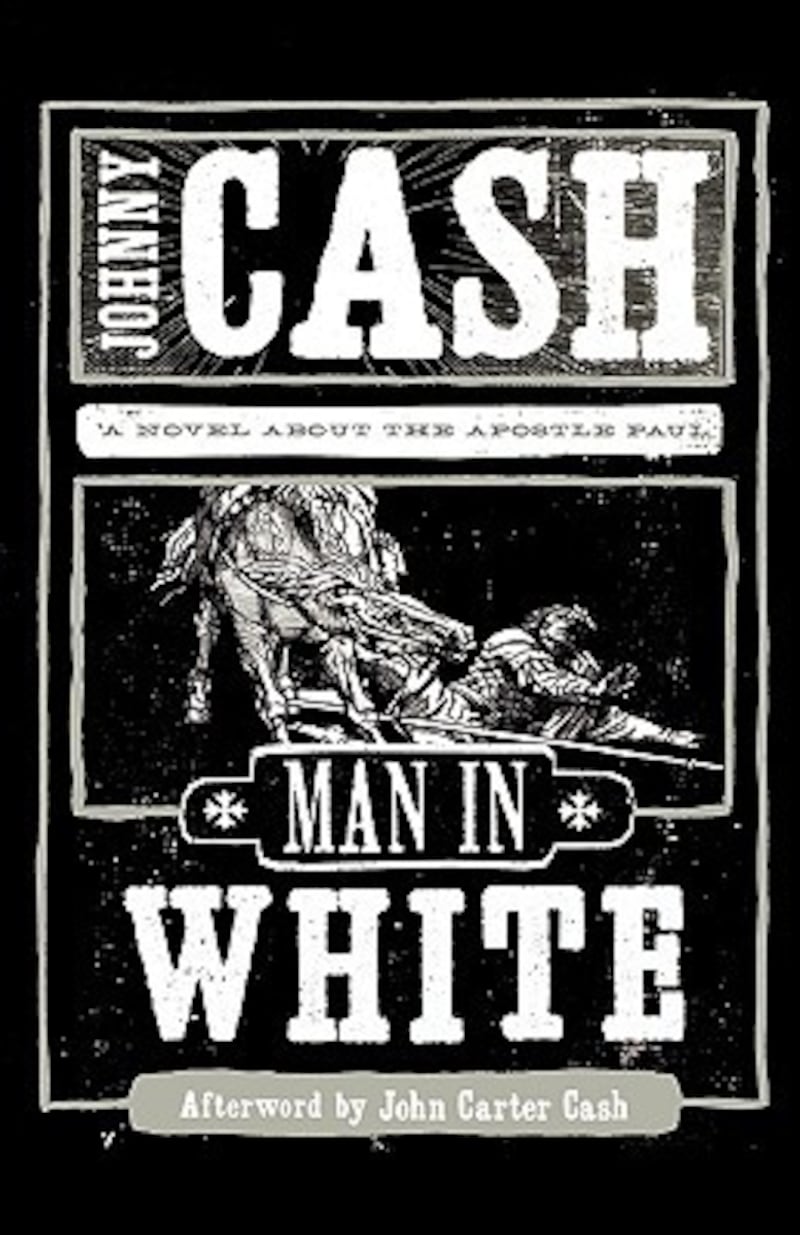
Man in White (1986), Johnny Cash
Issues of redemption and morality often crop up in the songs of Johnny Cash. In 1986, the Man in Black expanded on these preoccupations in his only novel, Man in White. Retelling the story of Saul on the road to Damascus as he changes his ways and becomes an apostle of Christ, Cash saw resonances with his own life and career. Ten years in the making, the novel focuses on St Paul's missionary efforts as he spreads the Good Word.
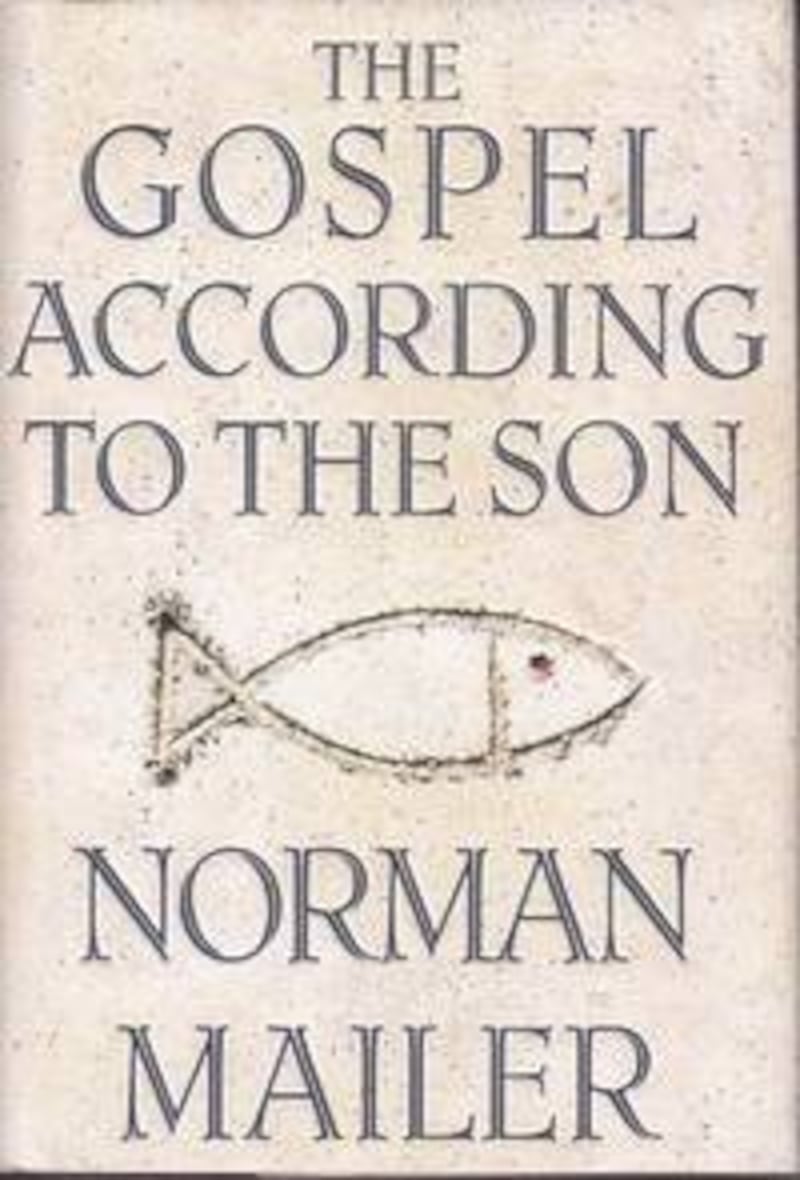
The Gospel According to the Son (1997), Norman Mailer
Mailer’s novel sets itself up as an autobiographical telling of the story of Christ. Using the four canonical gospels as its base, the book begins with the tale of Jesus’s birth to a teenage virgin, and charts his life up until to his death by crucifixion and subsequent resurrection. Mailer strictly adhered to the gospels for the narrative, prompting criticism for a lack of inventiveness.
The author had expected such feedback, telling the New York Times in an interview: "The book will get a fair share of bad reviews, but that I take for granted. I call a fair share between 65 percent and 75 percent."
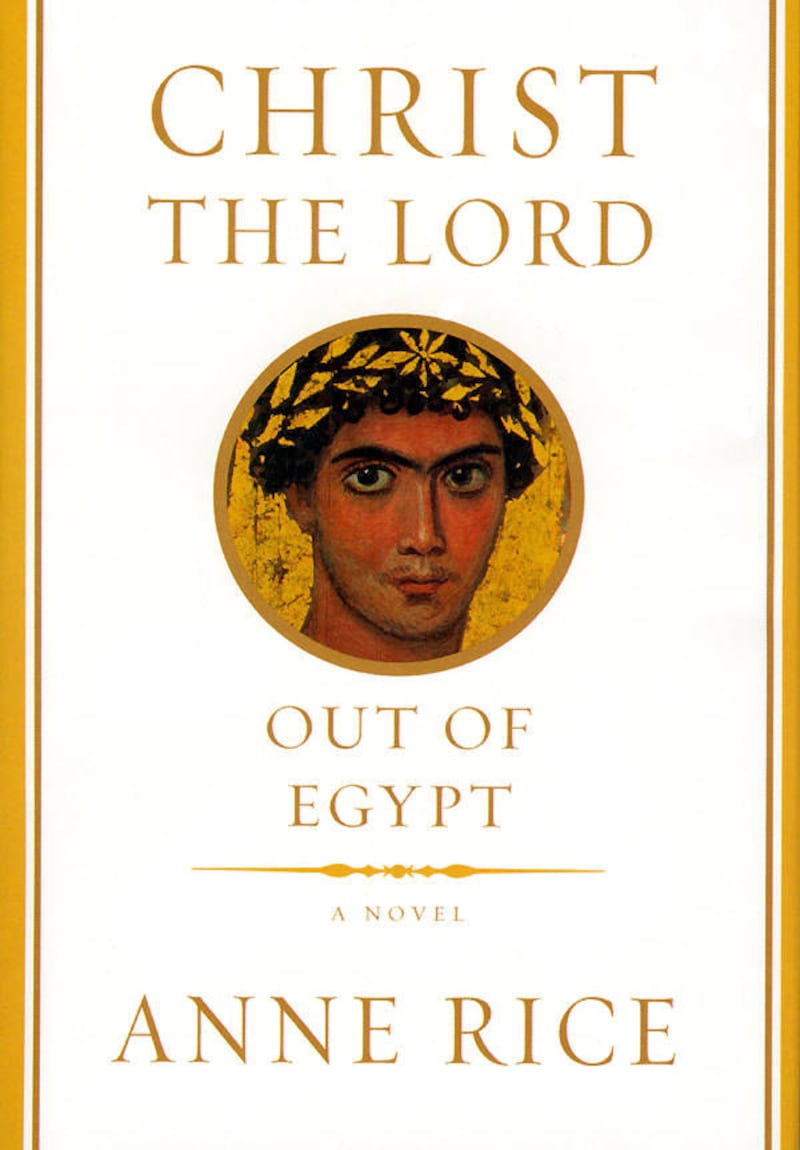
Christ our Lord: Out of Egypt (2005), Anne Rice
Rice's book gives us Jesus as a young boy, aged 7 and 8, as his family flees Egypt for a new home in Israel. The author wrote the book after a return to Catholicism and followed it up with a sequel in 2008, The Road to Cana.
While based on the gospels and New Testament scholarship, Rice also fictionalises aspects of Jesus's life in Out of Egypt, recreating the story about a young boy desperate to understand the secrets of his birth. The series seeks to paint a realistic fictional portrait of the poster boy of Christianity for contemporary audiences.
 Why Should You Doubt Me Now? (1993), Mary Breasted
Why Should You Doubt Me Now? (1993), Mary BreastedSex and shame go hand in hand in Catholic Ireland, the perfect backdrop for the American journalist’s humorous tale about a conservative, womanising newspaper columnist. An apparition of the Virgin Mary catches Rupert Penrose in flagrante with a young reporter.
Whether the vision is real or a hoax forms the crux of this irreverent romp, which includes a homesick Papal Nuncio, a mean-spirited bishop and a great opening line: “If there is a fate that can befall a man worse than having the Virgin Mary appear in his bedroom just as he is about to seduce the most beautiful apprentice horoscope writer in Dublin, Rupert Penrose did not know of one.”
 The Good Man Jesus and the Scoundrel Christ (2010), Philip Pullman
The Good Man Jesus and the Scoundrel Christ (2010), Philip PullmanPullman reimagines Jesus as two separate people, brothers called Jesus and Christ, who have contrasting personalities and differing views on things like murder and world domination. Jesus is a moral man, intent on converting people to a life of God. His brother sees religion as a way to gain power. Imagine if Brian Friel adapted it for the stage: Jesus Public and Jesus Private coming to a theatre near you.
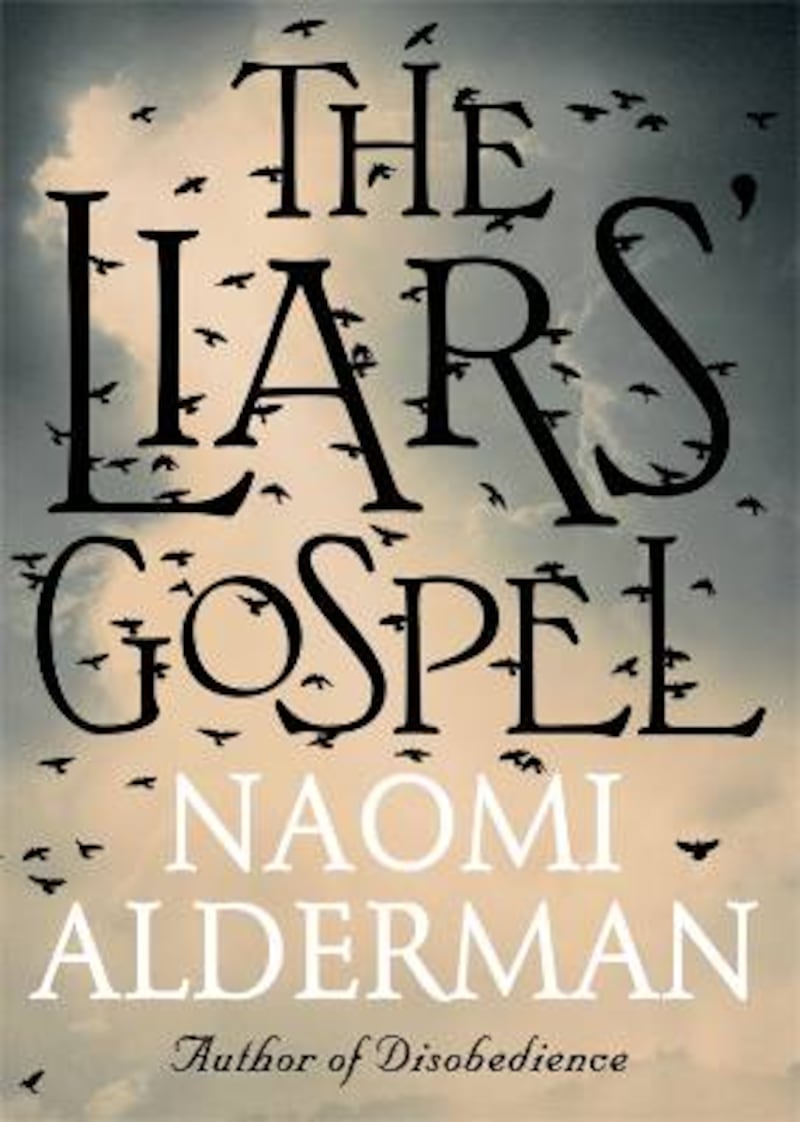
The Liars’ Gospel (2012), Naomi Alderman
Set in the environs of Jerusalem between Pompey's siege of the city in 63 BC and Titus's siege seven years earlier, The Liars' Gospel is narrated in four separate sections by key witnesses to events – Mary, Judas, Caiaphas and Barabbas.
Focusing on Jesus, or Yehoshuah's Jewish heritage, the preacher’s life is retold through the voices of these characters. With her previous novels exploring contemporary Judaism, this third book sees Alderman go back 2000 years and use her knowledge of the culture and language to bring an old story to life for the modern reader.

Childhood of Jesus (2013), JM Coetzee
Confounding the critics, the South African writer’s loosely plotted allegorical novel tells the story of a young boy and a middle-aged man who arrive by boat to a new country after escaping their homeland. Five-year-old Davíd has lost the letter his mother gave to him, leaving a question mark over his past and the reasons he had to flee. Simón accepts his role as adoptive father, carving out a life for the pair in the socialist city of Novilla.
There are echoes of the mysterious and dreamlike feel of Coetzee's earlier novels The Life and Times of Michael K and Waiting for the Barbarians, but the book's meandering plot and failure to incorporate the title left fans of the author confused. In her review, this paper's Literary Correspondent Eileen Battersby called it "a highly eccentric narrative, which, after an intriguing opening sequence, becomes increasingly bizarre."
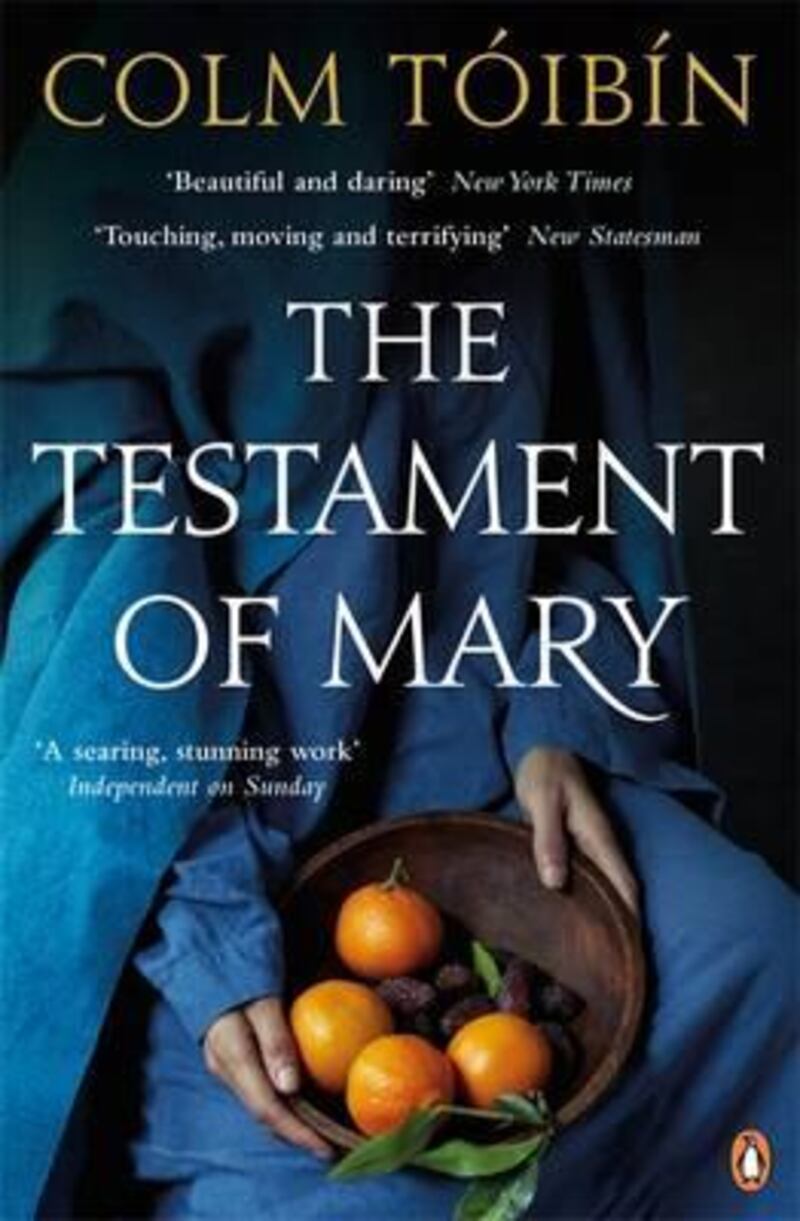
The Testament of Mary (2013), Colm Toibín
Living in exile and in fear of her life, Mary tries to piece together the violent events that took her son from her. Unmoored by grief, she struggles to hold onto her own story in the face of myth-building and history. Toibín’s lyrical prose gained this short novel a Booker nomination.
Wresting the story back from religion and history, he humanises the mother of Jesus and gives her a memorable voice: “And it was strange too that the fact that my shoes hurt me, that they were not made for this bustle and this heat, preyed on my mind sometimes as a distraction from what was really happening.”












